-
Posts
30 -
Joined
-
Last visited
-
Days Won
10
Content Type
Profiles
Forums
Static Pages
News
Blogs
Gallery
Events
Downloads
Posts posted by Elisa
-
-
Source: BBC news
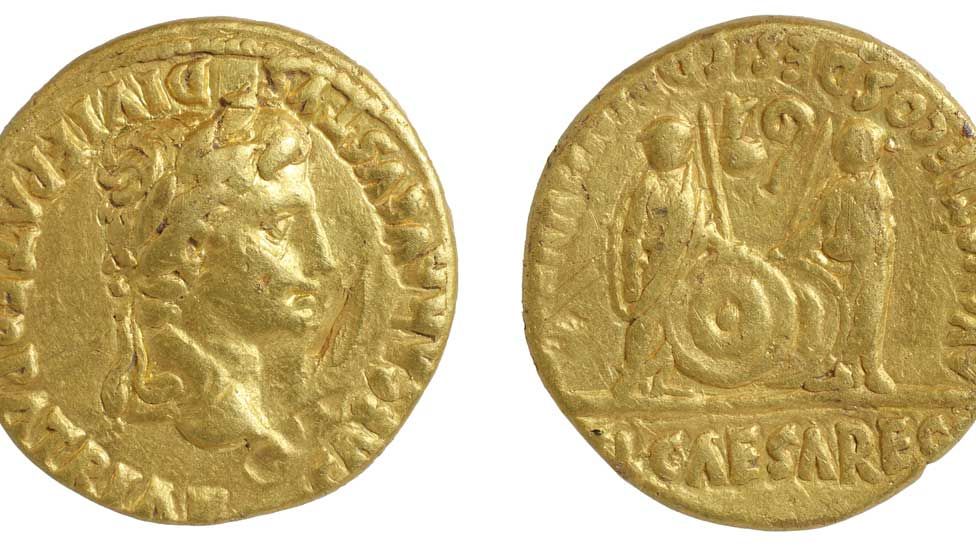 Quote
QuoteA hoard of Roman gold coins hidden in the decades before the Roman invasion of Britain has been discovered.
Eleven coins have been found so far, scattered near Norwich in Iceni tribe territory. Their queen Boudica would later rebel against Roman rule.
Numismatist Adrian Marsden said and more coins might be unearthed.
Mr Marsden, from the Norfolk Historic Environment Service, said: "In the last two or three years, they've said, 'There won't be any more,' and I've said, 'There will be,' and sure enough they pull another one out.
"Hoards get dispersed by tractors and ploughs or planting, so coins get moved about fields and can travel quite some distances."
 Quote
QuoteThey were struck at Lugdunum, now Lyon, in France, between the last years of the 1st Century BC and the first years of the 1st Century AD - a generation before the Roman invasion in AD43.
They are hardly worn and each has a tiny peck mark by the emperor Augustus' head, which Mr Marsden believes was done by Iceni craftsmen to check their quality.
"These are really high purity gold, whereas the Iron Age gold coins circulating at that time is quite debased - they knew good Roman gold when they saw it," he said.
Mr Marsden believes an Iceni goldsmith might have intended to use them to create gold torcs, similar to the ones found at Ken Hill at Snettisham between 1948 and 1990.
He said: "To have a hoard where the coins in it are all from or before the Roman invasion - and we have good cause to believe they are going into the ground before the Roman invasion - is really quite exceptional."
The British Museum has acquired the first nine coins and is expected to acquire the latest finds.
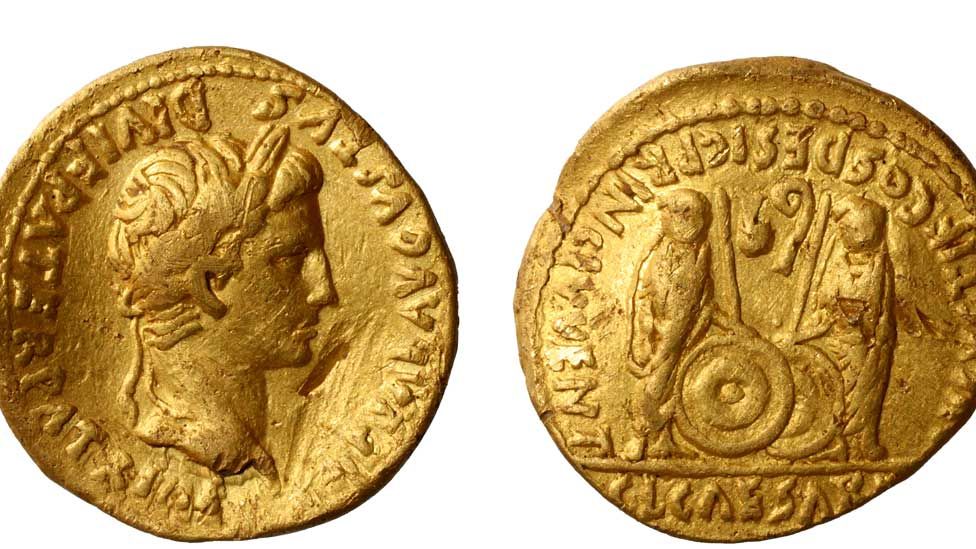
-
 1
1
-
-
On 6/10/2022 at 2:31 PM, guy said:
Wonderful find, indeed. One can only imagine how many ancient sites have been either covered or completely destroyed by modern development.
This is one case, ironically, where climate change has helped to preserve or recover ancient archaeology.
(Thanks for attaching the photos. Let us know when you need more data storage to post pictures.)
You're most welcome, I linked them directly from the Euronews website this time, but I'm planning to upload more pics from different sites so will definitely let you know, thanks 😊
Talking about the find, I really wish I could read those cuneiform tablets! It must be wonderful for an archaeologist to come across something like that. -
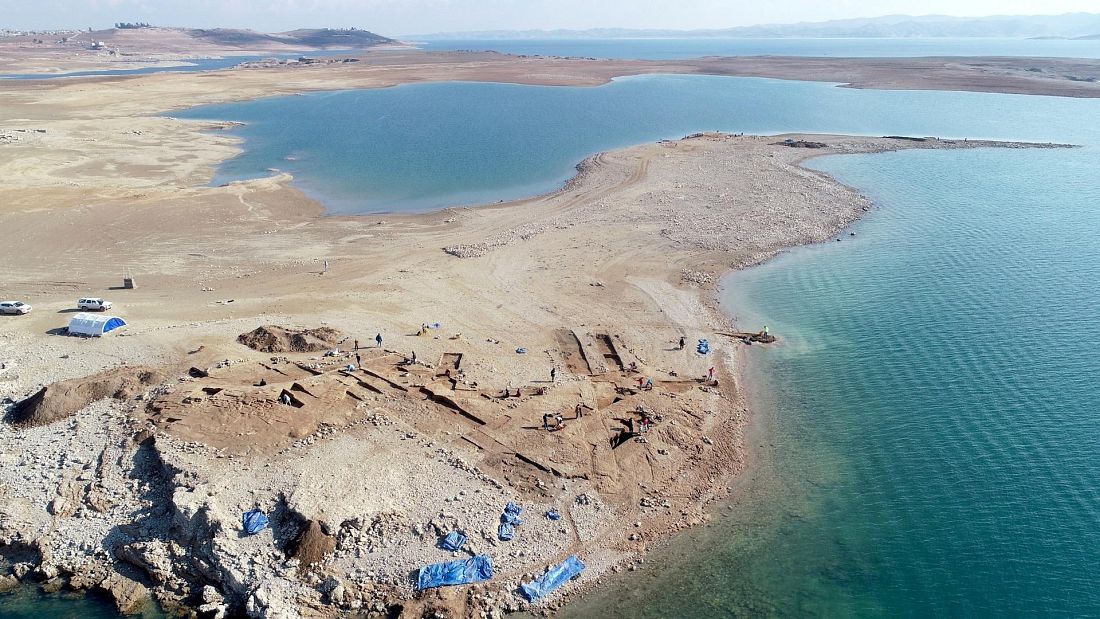 Quote
QuoteEarlier this year, the remains of a 3,400-year-old city emerged from a reservoir in Iraq after months of extreme drought.
German and Kurdish archaeologists uncovered the ancient settlement from the Mittani Empire when water levels fell rapidly. It was once located on the banks of the Tigris River and is believed to have been the city of Zakhiku, an important centre for the Mittani Empire which lasted from around 1550 to 1350 BC.
Researchers were shocked to discover well-preserved walls made from sun-dried mud bricks. Some had been underwater for 40 years since the Mosul Dam was built and the reservoir created.
They attribute this surprising preservation to an earthquake that destroyed the city in 1350 BC when the upper parts of the walls collapsed, burying the buildings completely.
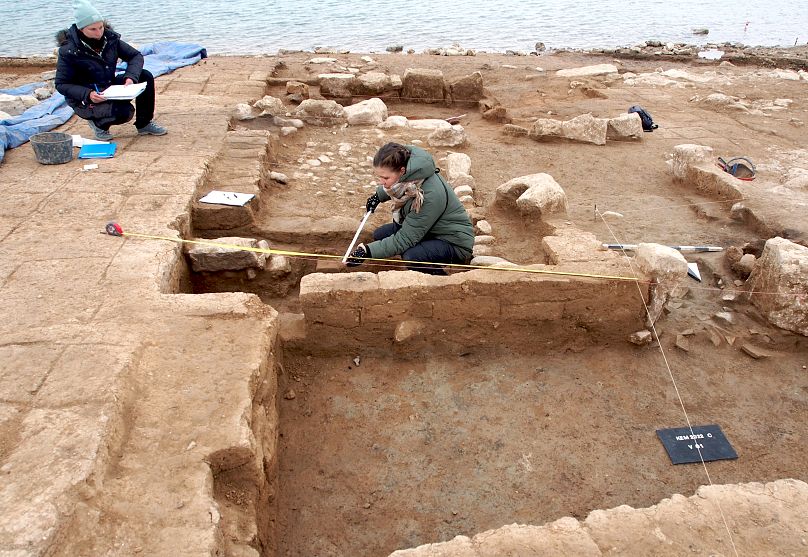
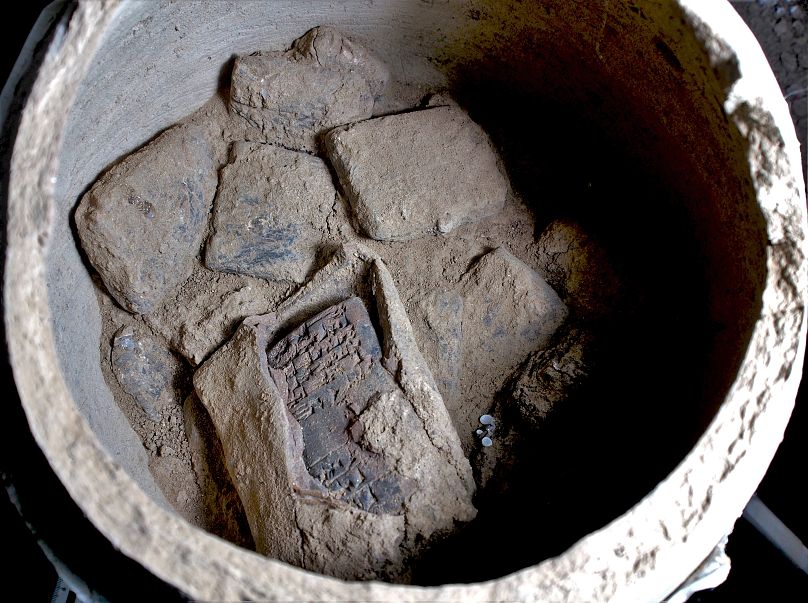 Quote
QuoteThe team also uncovered artefacts that paint a better picture of what life was once like living on the banks of the Tigris. They found five ceramic vessels containing over 100 cuneiform tablets, a system of writing used in the ancient Middle East.
"It is close to a miracle that cuneiform tablets made of unfired clay survived so many decades underwater," explains Peter Pfälzner from the University of Tübingen.
Researchers hope these ancient writings, which date to shortly after the earthquake struck the city, will provide important information about life in the region at the end of the Mittani Empire.
Now resubmerged below the waters of the reservoir, the important site is covered with tight-fitting sheets of plastic to protect the walls and any other important finds still hidden in the ruins from further damage.
-
On 5/29/2022 at 4:25 PM, guy said:
A really wonderful find. There is so much of pre-Colombian culture in the Americas that we don’t know. Hopefully, the use of of new technologies (such as LiDAR scanning) can uncover these ancient settlements before environmental degradation and human impact destroy them forever.
Absolutely!Thanks for posting the videos, such a wonderful site, not to mention all the pottery and the tools found in the excavations!
-
https://www.theguardian.com/world/2022/may/27/mexico-mayan-city-xiol-discovered
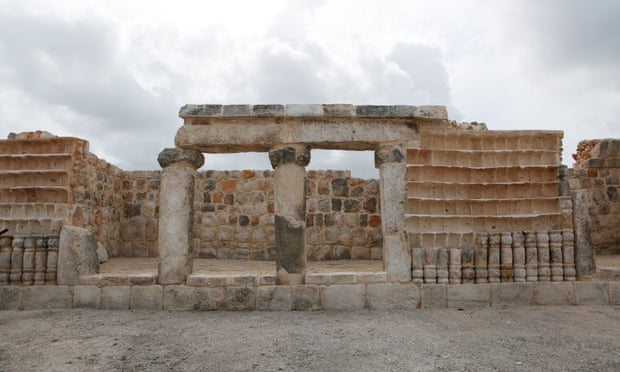 Quote
QuoteArchaeologists have uncovered the ruins of an ancient Mayan city filled with palaces, pyramids and plazas on a construction site of what will become an industrial park near Mérida, on Mexico ’s Yucatán peninsula.
The site, called Xiol, has features of the Mayan Puuc style of architecture, archaeologists said, which is common in the southern Yucatán peninsula but rare near Mérida
“We think more than 4,000 people lived around here,” said Carlos Peraza, one of the archaeologists who led the excavation of the city, estimated to have been occupied from 600 to 900 AD.
“There were people from different social classes … priests, scribes, who lived in these great palaces, and there were also the common people who lived in small buildings,” Peraza said.-
 1
1
-
-
-
I used to live in York and what fascinated me was the amount of Scandinavian place-names in Yorkshire. I thought that an ending in -by or -thorpe implied the existence of a Scandinavian settlement, but apparently there are some problems with this:
https://www.gla.ac.uk/research/az/esharp/issues/2/yokota/
QuoteSome scholars believe that great frequency of place-names with -by and -thorp in the Danelaw presupposes an abundant existence of people who spoke Scandinavian languages and that they consequently show the main areas of the Scandinavian settlement. This opinion should be handled with caution, however, because not all of those place-names can be regarded as a direct result of Scandinavian migration.
QuoteOne of the primary elements of confusion regarding place names is that by continued to be a productive nominal element until at least the twelfth century in certain districts.
-
11 hours ago, Novosedoff said:
I see now. So the world needs Europe because European values include food of good quality and because people of Europe are carbon-conscious. That makes Europe look very valuable indeed 🙂
You have carefully avoided to quote the bits about peace, freedom and democracy. That looks VERY valuable to me, but that notwithstanding, food safety, soil conservation and biodiversity are absolutely paramount and to me, a continent that makes a point of making sure that its citizens have access to food that is safe to eat (again, not a given in this day and age) and to crops that are not harmful and do not devastate soils and soil biodiversity deserves respect (there are places that in the name of economic gains put at risk the health of their citizens and devastate soils and soil biodiversity with disastrous consequences for human health and the planet at large).
"US researchers examined the peer-reviewed literature and found more than 99% of climate scientists now endorse the evidence for human-induced climate change.”
With a 99% scientific consensus worldwide that climate change is a man-made disaster I don’t think I need to look at anything else.
QuoteI guess it was the high appreciation of the European solidarity and common market what made your homeland vote for Brexit after all 😁
And one might wonder what someone who calls Europe’s past “worthless” is doing on a Roman History forum? Not so worthless after all?
-
Today is a Neil Young kind of day 😊 I absolutely love this live version of Cortez, my favourite.
-
Why is Europe important? Why is the past so important to Europeans? (By the way, I would be very careful about calling Europe's past "worthless", just as I would be careful about calling worthless the history of every continent on planet Earth).
First of all, Europe is not about economic prowess at all costs. Europe is about values, about giving a fair start in life to anyone irrespective of their individual circumstances. This sometimes means not being as economically competitive as other countries/continents.
Europe leads the way worldwide in terms of the fight against climate change and has regulations in place in terms of food quality, environmental standards and citizens’ rights and protection. European countries are free and democratic, and that is something that in this day and age I would not take for granted.
Europeans had been waging war on each other for millennia but have enjoyed a period of 70+ years of peace, and that is a great achievement. Our motto (I say “we Europeans” because I am a European citizen) is “United in Diversity” and that is very telling as to why Europe matters. Europe is about mutual understanding, it is about building bridges.
Last but not least, the past is important to Europeans because it is only by knowing our past mistakes that we can avoid repeating them, and also because it is thanks to our past that we know who we really are and where we want to go in the future.
Sir Isaac Newton once said: “If I have seen further, it is by standing on the shoulders of giants.”
If we are to see further than the generations who preceded us, we have no choice but to keep studying our past.
And now, let me "scratch really hard" to find something that I believe will explain in a more poetic way Europe's connection to its past and its importance. It is a poem by Pier Paolo Pasolini and it is called "I am a force of the past".
I am a force of the past
I am a force of the Past.My love lies only in tradition.
I come from the ruins, the churches,the altarpieces, the villages
abandoned in the Appennines or foothills
of the Alps where my brothers once lived.
I wander like a madman down the Tuscolana,down the Appia like a dog without a master.
Or I see the twilight, the morningsover Rome, the Ciociaria, the world,
as the first acts of Posthistory
to which I bear witness, for the privilege
of recording them from the outer edge
of some buried age.
Monstrous is the manborn of a dead woman’s womb.
And I, a foetus now grown, roam about
more modern than any modern man,
in search of brothers no longer alive.
-
Source: Ansa
A perfectly preserved altar in white marble with the story of a young Roman girl, Valeria, who died at the age of 13 years and 7 months, was found together with precious fragments of a marble sarcophagus decorated with refined hunting scenes, thought to date back to the 2nd century CE.
They come from an excavation in via Luigi Tosti, Rome.The excavation has brought to light a funerary building that was part of the necropolis of the ancient Via Latina with cinerary urns, interment burials and marble remains of great interest. The altar of the very young Valeria was found two metres below the current road level. On the epigraph we can read the dedication: «Valeria P F Laeta vixit annis XIII m VII». According to the first hypotheses of study, the inscription, in Latin capital, could be read as: «Valeria Laeta daughter of P [ublio] lived 13 years and 7 months».
The small columbarium (4 meters by 3 meters), probably hypogeum, was built in the natural tuff bank and consisted of 80-centimetre concrete masonry covered with a brick facing, opus latericium, of excellent workmanship. The walls were covered with plaster painted in yellow and red, to emulate marble slabs. The building appears to have been heavily damaged, so much so that it cannot be excluded that it may have been demolished during the urbanization of the neighborhood, which took place in the 1930s.
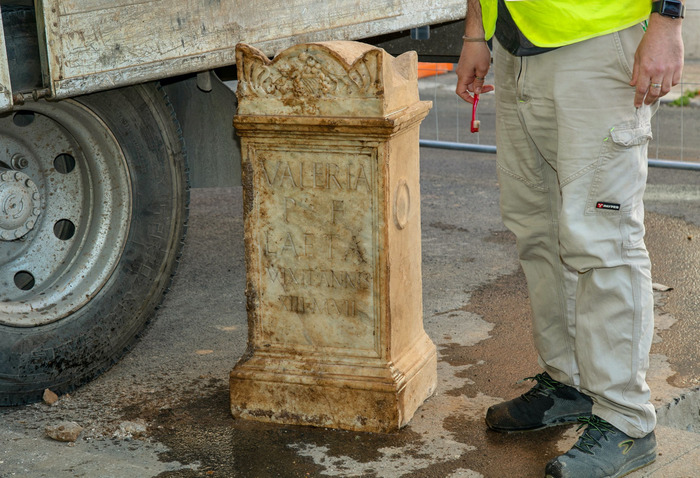
-
 1
1
-
-
15 hours ago, guy said:
Wow. T-Rex! I haven’t thought about them for more than a decade. They were early glam rock, punk rock pioneers.
Here is an entertaining video of their jamming with Elton John.
I had never seen this performance with Elton!
I was introduced to T-Rex's music while living in the UK. Marc Bolan died so young... -
Some classic Clapton with Cream 😎
...and some classic T-Rex
-
On 12/23/2021 at 1:53 PM, caesar novus said:
Later insertion to post below: I see Mary has 6 hours of sober sounding lectures forming a basis for the book starting at https://www.youtube.com/watch?v=j8p9o7xYsUE which I will sample and maybe change my concerns in original blather below:
---------------------------------------------
(deleted by me)
I watched all the lectures from the Twelve Caesars series and I must say they were brilliant!I don't want to spoil anything but I now know everything about the Grimani Vitellius in Venice and its impact on western art (as well as many other fascinating things about the depiction of the "Caesars" in the history of western art). Highly recommended for those with an interest in ancient history and art history.
I finally bought the book as well, planning to read it asap. -
On 1/29/2022 at 9:00 AM, caesar novus said:
That album cover above is familiar because I just heard a bunch of video interviews of musicians either on that album or on it's promotional tour. Top session musicians were seduced away from their other projects, even after saying no a bunch of times. They have a lot to say now, since albums often missed crediting them before.
Anyway I'm kind of reposting this song queued up at a display of singing skill 2:12. Bowie was having trouble getting this song up the charts, so he recorded a different version with less fuzzy affectational sound that he would sing to in promo venues. At the start of this vid they have an embarrassing long pause getting the music tape started. Unfortunately it lacks the majestic fade out and in of drone guitar at the end; I think that could have been drawn out to embody the encore at concert endings instead of the usual awkward stop and starts.
This reminds me that David Bowie recorded an Italian version (!) of Space Oddity!The lyrics were written by Mogol, the best Italian songwriter. Call me blasphemous but because it is in my mother tongue and because the lyrics are so good I almost like it more than the original 😊
QuoteOne of my biggest regrets in life (and I have quite a few) was missing the opportunity to see Stevie Ray Vaughn (SRV) in 1986.
I missed Tony Iommi playing literally round the corner from my house in Rome in a small club...and then I missed Black Sabbath's farewell tour while living in the UK. I can't forgive myself for that, given that Black Sabbath are one of my favourite bands of all time.
-
A find of exceptional archaeological importance at the twelfth kilometer of Via Tiburtina. The bridge made it possible to cross the Fosso di Pratolungo and connect Rome to Tibur (Tivoli).



-
 1
1
-
-
I just came across this debate (how have I missed this all this time?) and I think it is definitely worth watching!
So, in a nutshell, it is Boris Johnson (ancient Greece) vs Mary Beard (ancient Rome).
******Spoiler******
Predictably, Mary wins hands down!😂 -
I have to say the Via Latina is fascinating, and in its last part, largely unexcavated!
I recently visited the Ad Decimum catacombs (as the name suggests, they are located at the 10th mile of the Via Latina). No martyr is buried there so they were found largely intact at the beginning of the 20th century. Behind the building you can see a very small stretch of the ancient Via Latina, and two mausoleums are located nearby, still standing. If only we started digging the area...I wonder how many treasures would come out.
Some pictures of the Ad Decimum catacombs (mainly early Christian frescoes):

The Traditio Legis:
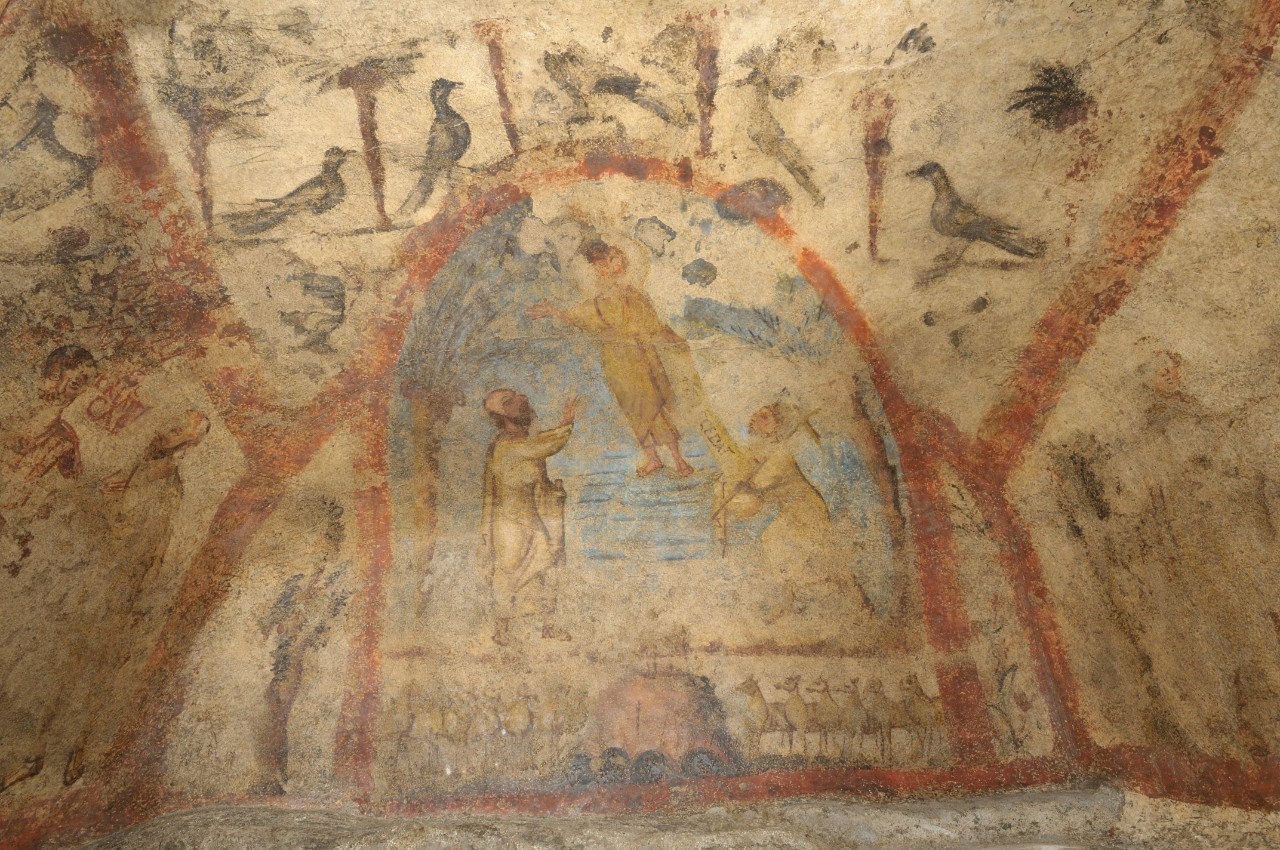
The Good Shepherd and Daniel in the lions' den.

Another interesting thing about this catacomb is that there are inscriptions in Latin written in the Greek alphabet. According to my guide that was because the area was scattered with big farms and workshops where workers from the Eastern part of the Empire came from.
-
Talking about blues, here's a song I like by Bonamassa (I think this performance at the Royal Albert Hall is one of his best) 😊
...and His Majesty Gary Moore playing Parisienne Walkways. Gary was out of this world.
-
3 hours ago, guy said:
Wow! I am really impressed. Very few people now remember Rory Gallagher. Am I to guess you are a female from Italy? Brava. I can only imagine how you came to know about Rory. He was one of my guitar heroes when I was a kid back in the 70s. Were you even around in the 70s? (See the picture below of his "distressed" guitar.) Great player who got the most from his instrument.
I also like thin Lizzy, but my favorite "Irish" musician is Van Morrison. Van Morrison's music probably saved my life on more than one occasion.
I am indeed a female from Italy, grazie mille!Unfortunately I wasn't around in the 70s (would have liked to be though!) as I was born in the mid-80s. I found out about Rory during a guided tour the first time I visited Dublin, and I immediately looked his music up after returning to Rome. I fell in love with Rory's music straightaway!😊
-
Article in English here:
QuoteRome’s excavations revealed an archaeological site where an ancient graveyard was found. It contained bone fragments as well as a headstone for a terracotta-dog.
Archaeologists were called in after workers laying pipes for utility firm Acea on the Via Luigi Tosti in the city’s Appio Latino quarter came across the buried tombs.
The Via Latina, literally the “Latin Road”, was once lined by them. It is one of the oldest-lain Roman roads that ran south-east from the city walls.
The excavations of the group found the remains of an unknown young man, which appeared to be buried in the earth.
According to the experts, the canine bust — small enough to fit in the palm of a hand — resembles decorative parts of drainage systems used on sloping rooms.
The little dog statue seems to have lost or never had a drain hole. It was made for aesthetic reasons.

-
Currently listening to Rory Gallagher, he's such a legend!I love the fact that there's a "Rory Gallagher corner" in Dublin, I always make sure I walk past it everytime I visit.
I love Irish music and that's no secret haha!Thin Lizzy is also one of my favorite bands:
A more recent favourite of mine from Ireland is The Answer. They are the only band who were given permission to play Phil Lynott's bass by his mother, Philomena Lynott.
-
Lanuvio (ancient Lanuvium) is famous for being the birthplace of two Emperors, Antoninus Pius and Commodus (Marcus Aurelius also spent his childhood there), and for its temple of Juno Sospes (the Saviour). One prominent native of Lanuvium was Lucius Licinius Murena (consul, 62 BCE) whom Cicero defended in 63 BCE.
A Roman bridge, the so-called Ponte Loreto (2nd-1st century BCE) and a Roman road, the Via Astura, are still visible today (signposting for Ponte Loreto is very good from the city centre, so it is relatively easy to get there). The ancient Via Astura connected Antium to Satricum and Lanuvium. (Own pictures)
Temple of Juno Sospes:
In 2012 a sensational discovery was made in Pantanacci, in the Ager lanuvinus (not far from the Sanctuary of Juno Sospes): a votive deposit in a cave containing thousands of artifacts (4th-2nd century BCE), including pottery (also miniatures), anatomical votive offerings among which a series of oral cavities stand out, and last but not least, four elements in peperino bearing engraved scales, part of a majestic statue depicting a snake. It could be the well-known snake sacred to Juno, to which a specific cult was dedicated. (Own pictures)
The Museo Civico Lanuvino is a little gem and the museum itself is scattered around the city (“Museo Diffuso”) as several locations can be visited, such as the room where the Pantanacci votive offerings are on display (albeit a very small part of them, as thousands of objects have been excavated so far!) but also the archaeological museum, where you can find a section with inscriptions, proto-historic pottery, votive offerings, fragments of frescoes, a beautiful winged griffin from the theatre of ancient Lanuvium (2nd century CE) and much more.
-
 1
1
-
 1
1
-
-
Three mausoleums were found in Via Tosti in Rome, under only half a metre of earth. There was a construction site there (Appio Latino district), as the water pipes were being replaced. The sepulchral buildings all belong to the same funerary complex dating between the first century BCE and the first century CE.
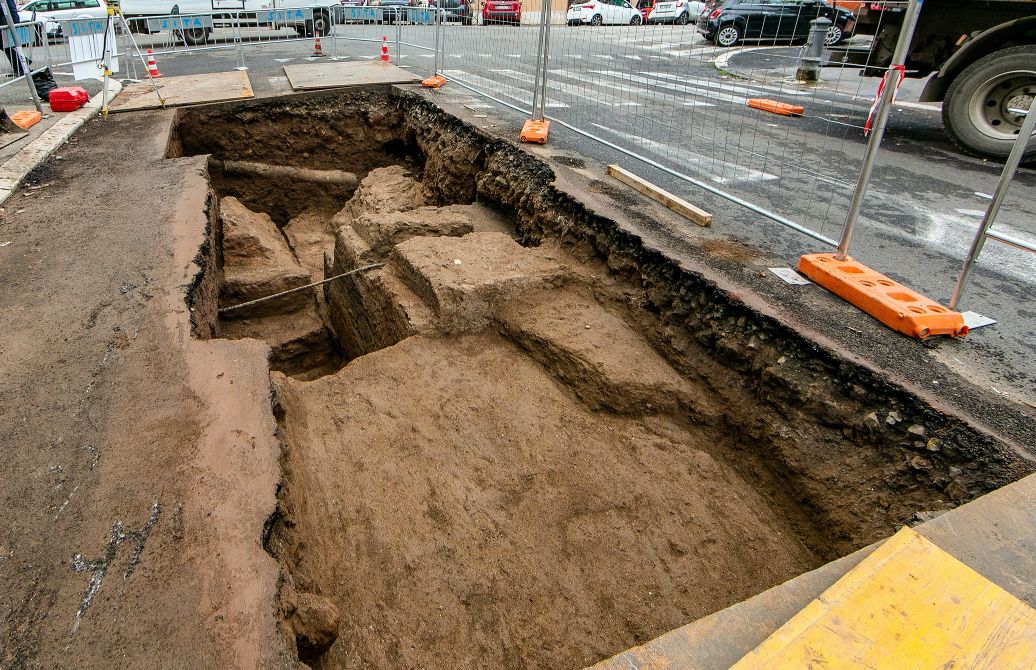
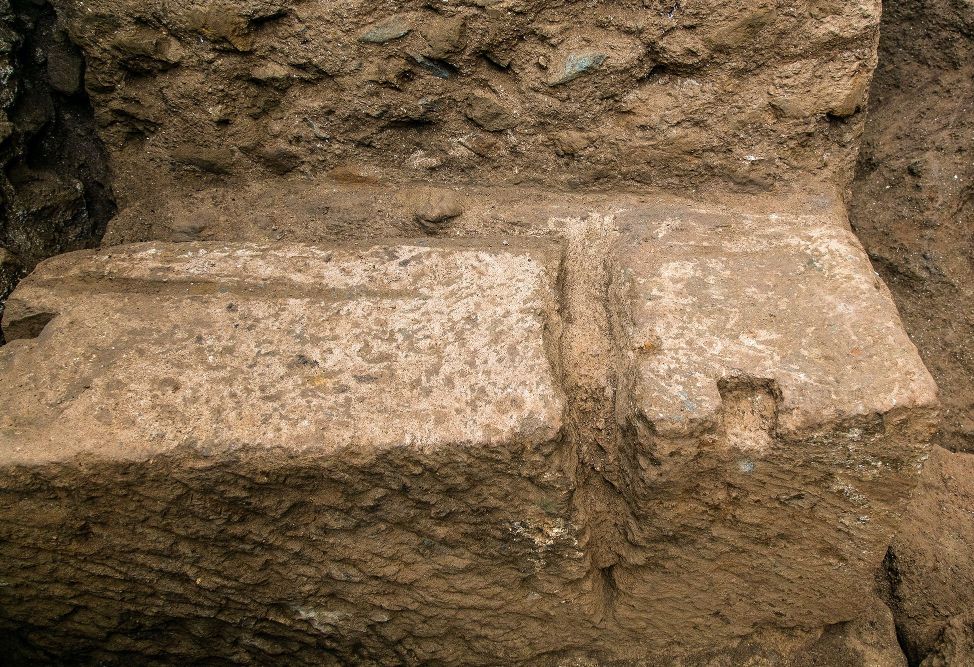


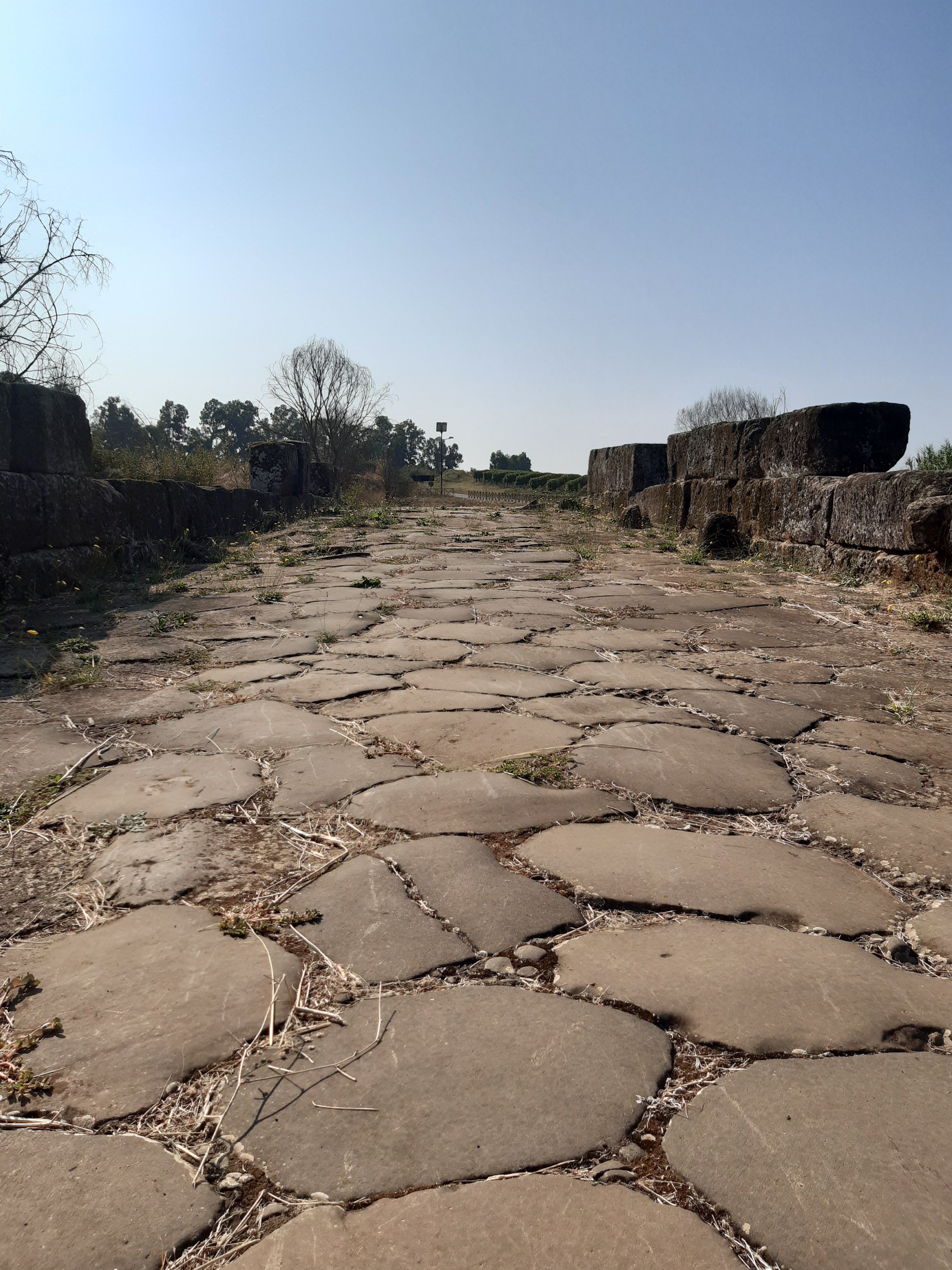
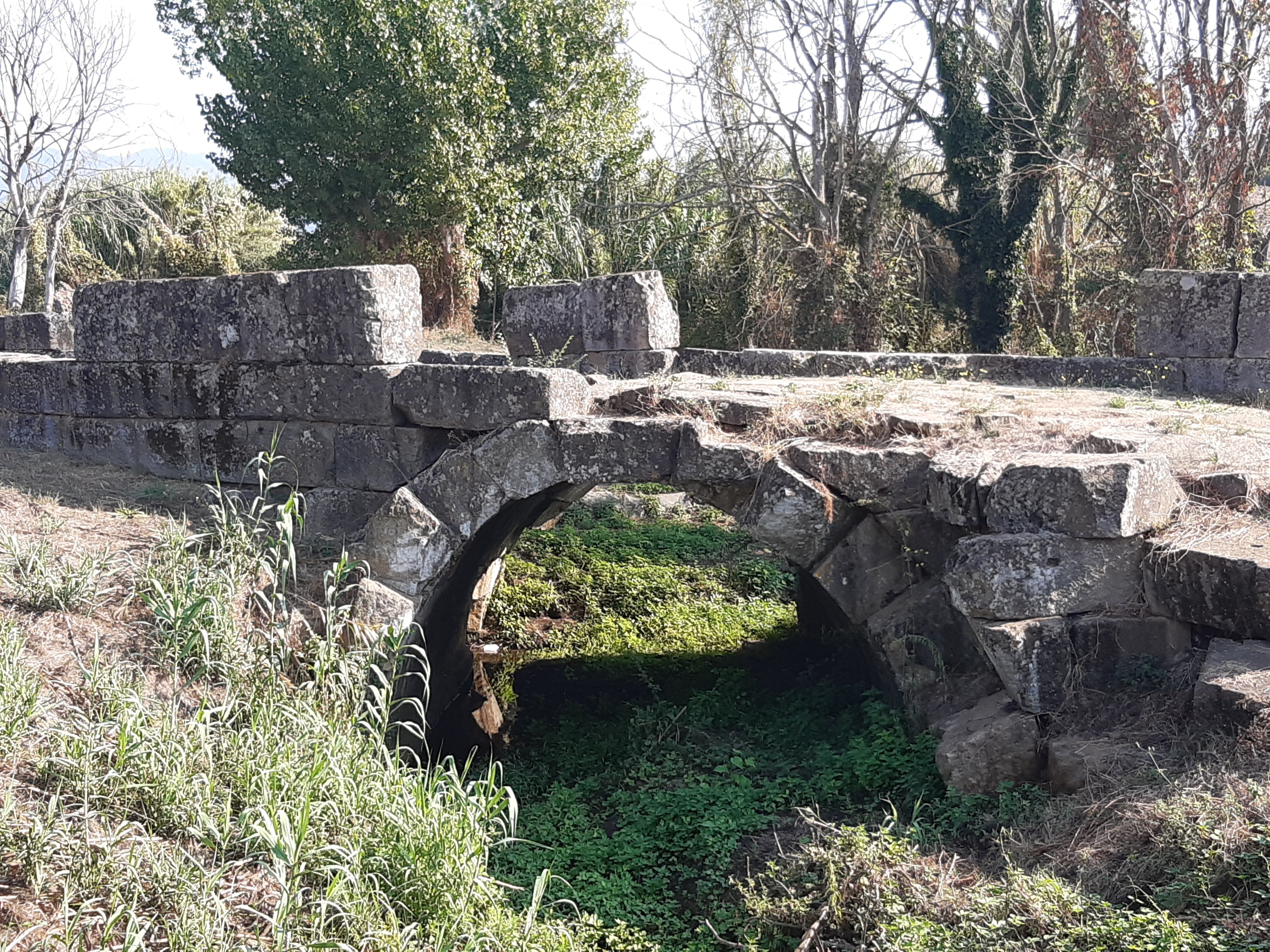
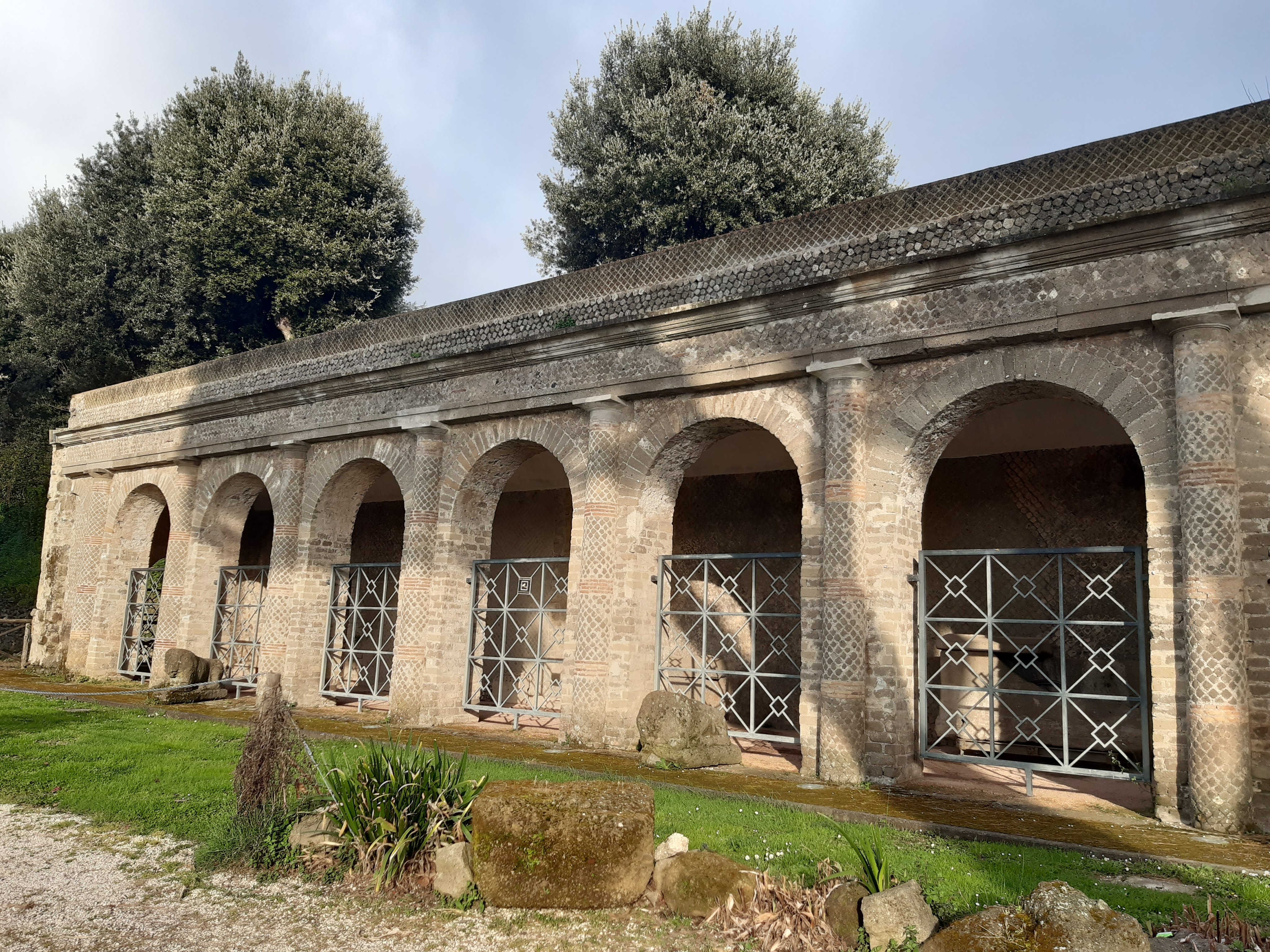
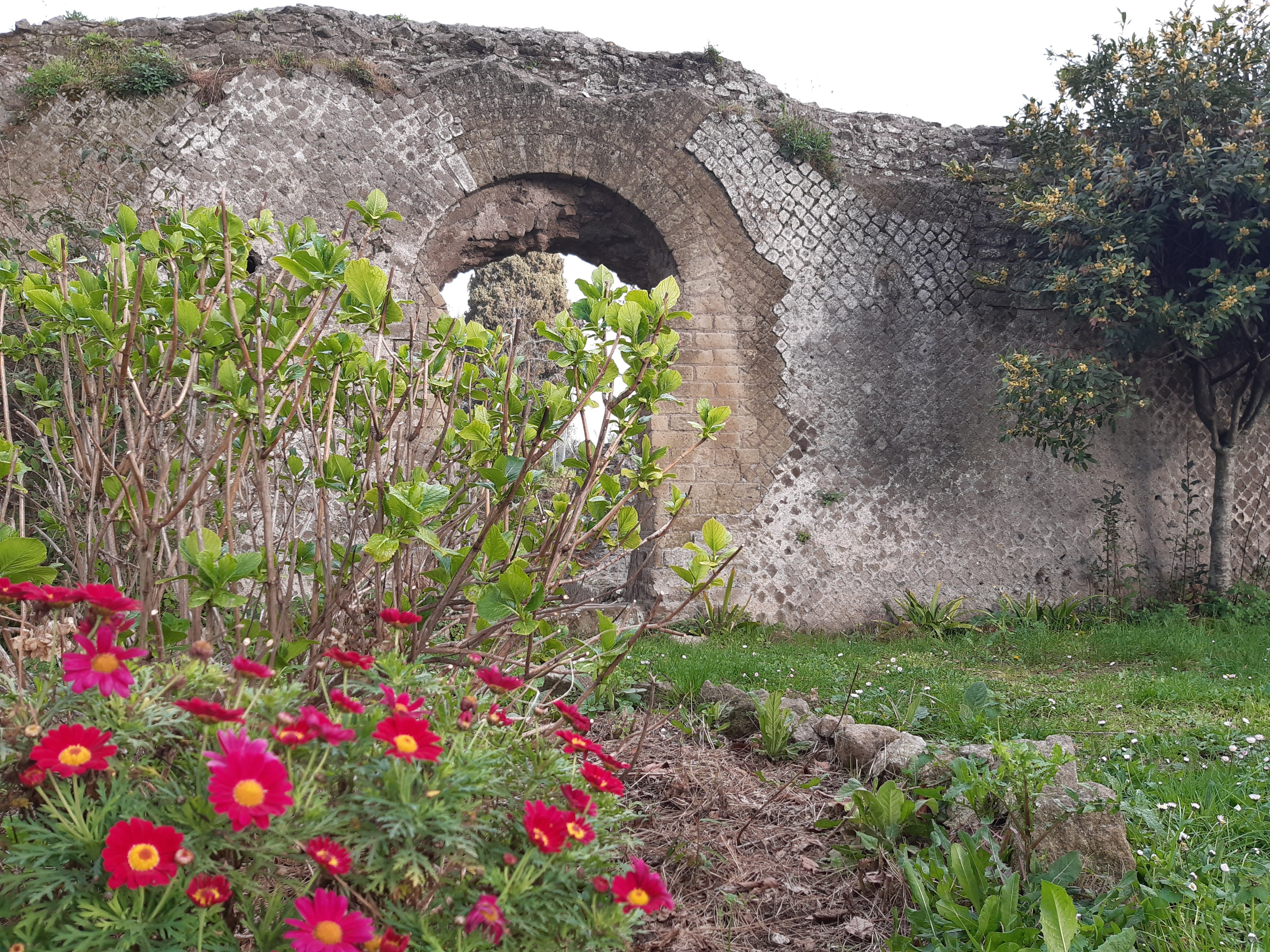
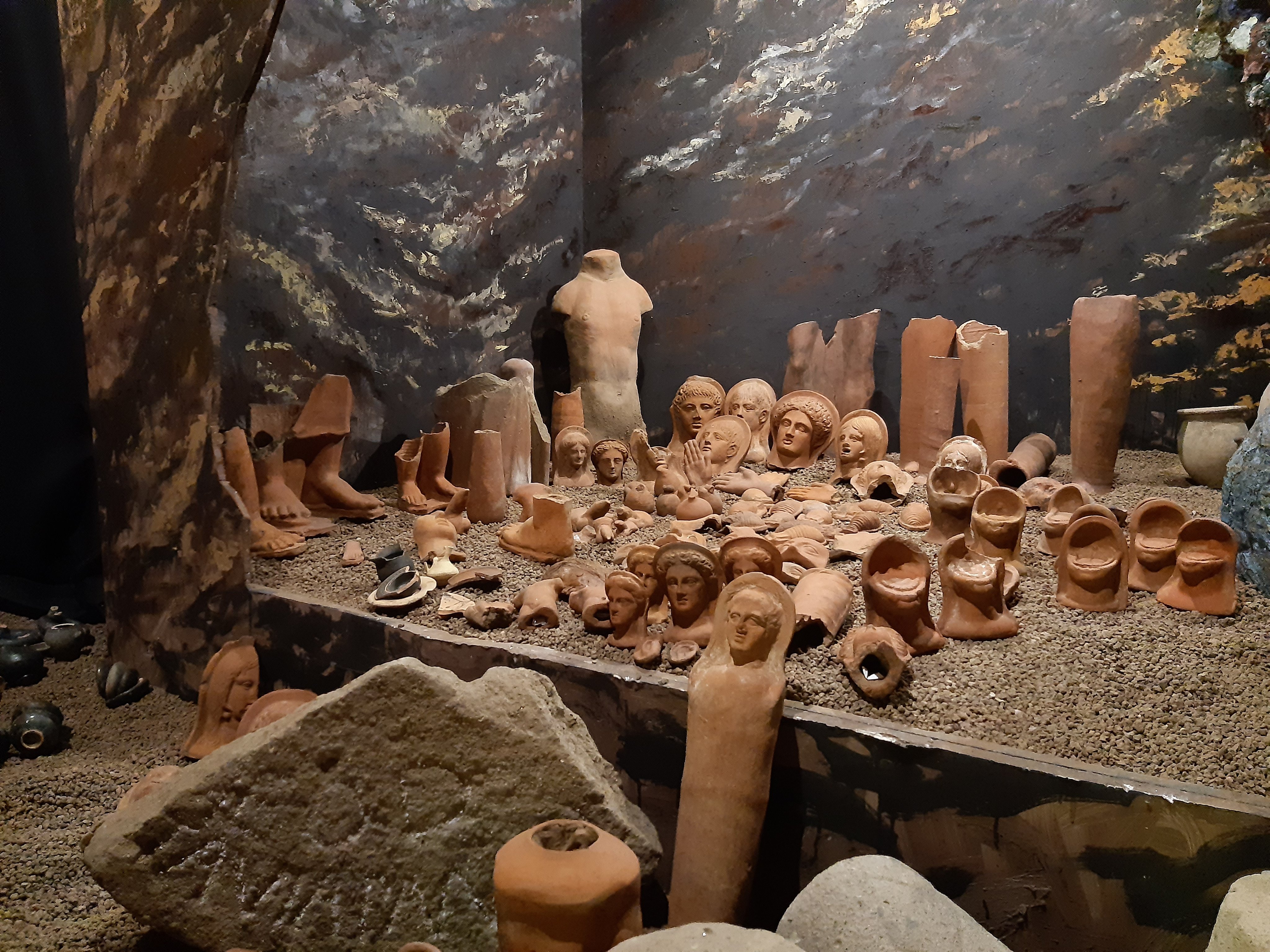
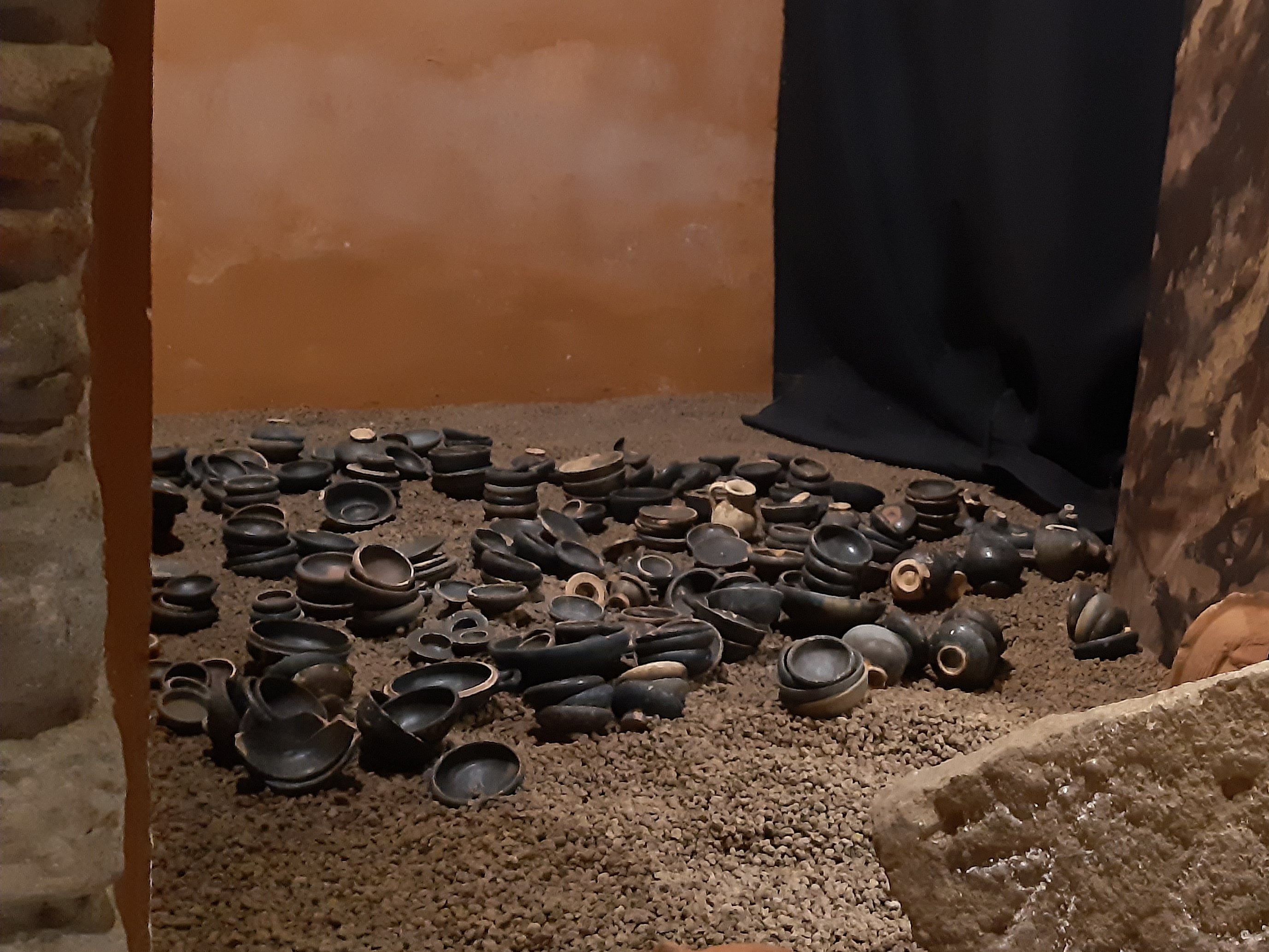
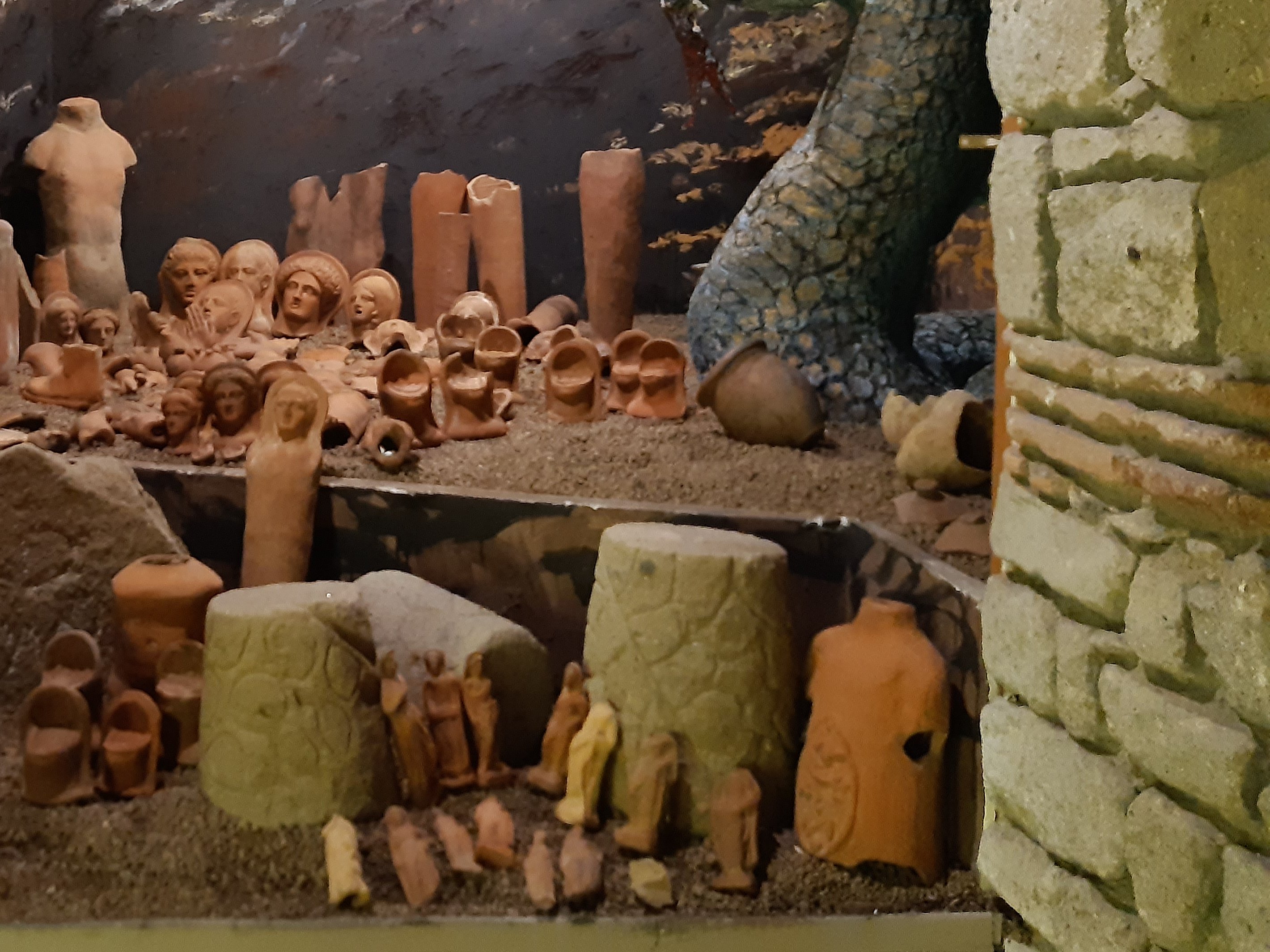
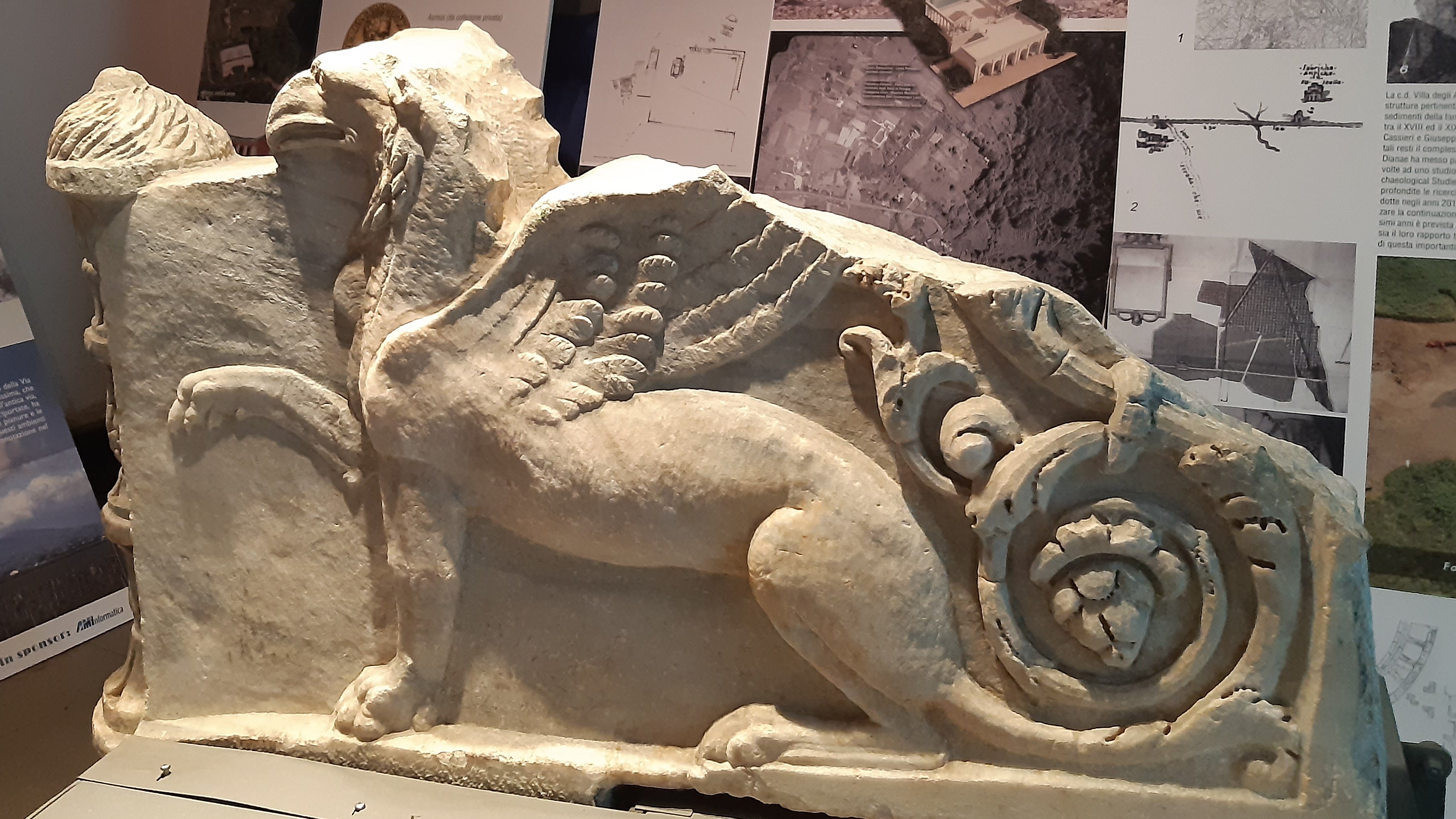
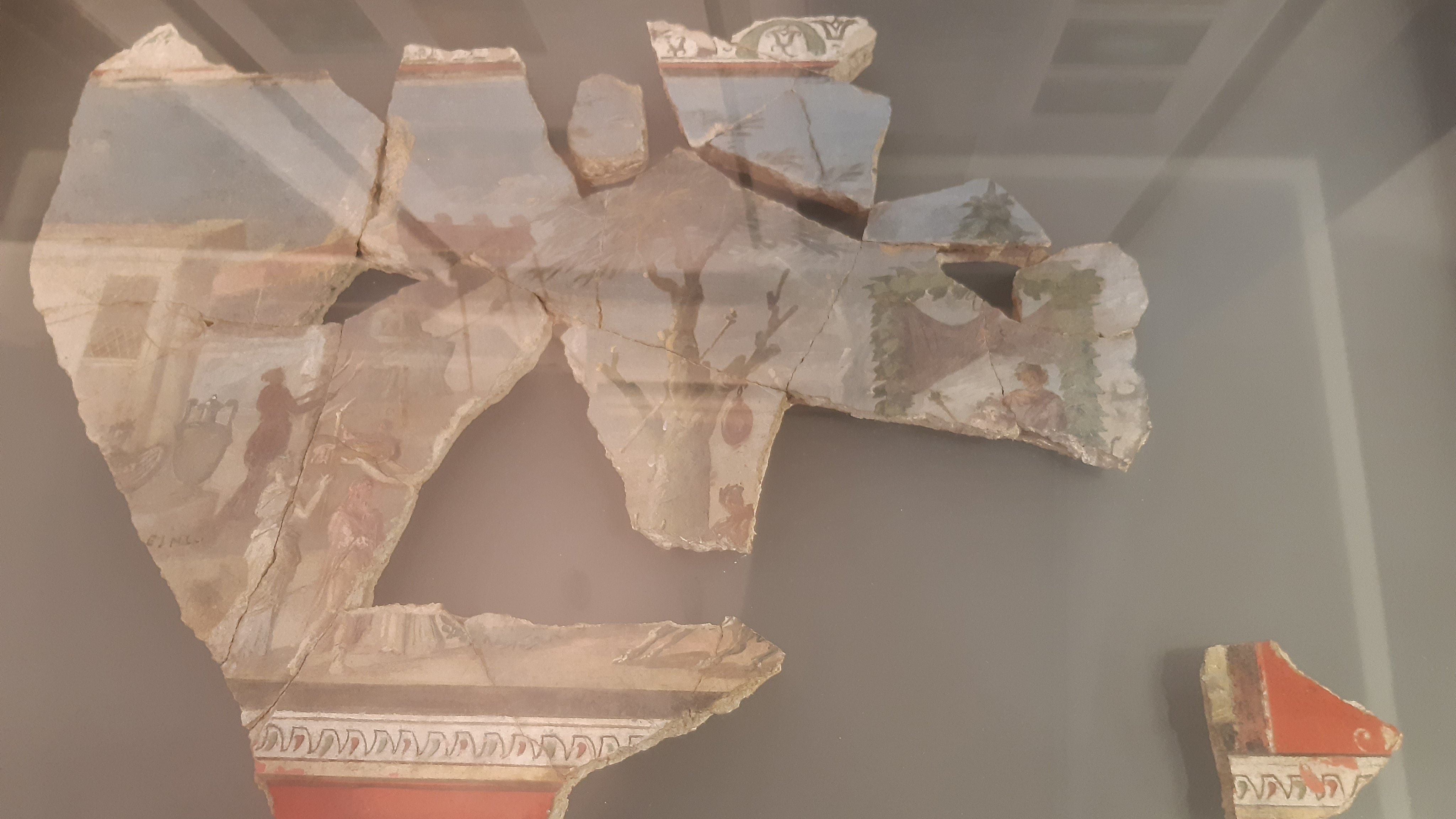
Felicitas Iulia Olisipo - Roman Lisbon
in Vacatio
Posted
I have just come back from a short trip to Portugal and had the chance to explore Roman Lisbon 😊
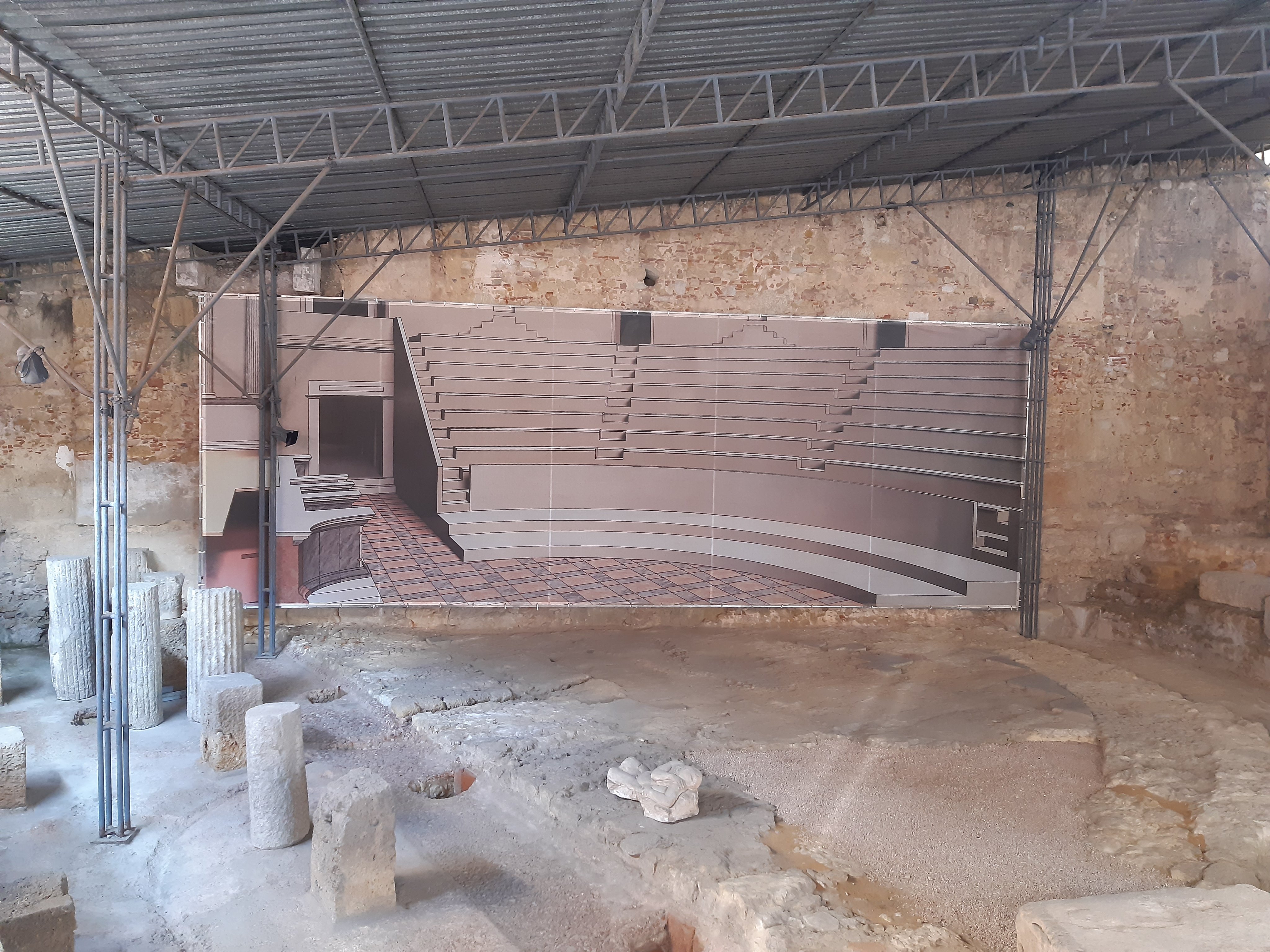
Here are some pics of the sites I visited.
The city's Roman theatre is one of the most important monuments of the roman Felicitas Iulia Olisipo, with visible structures from the 1st century CE.
The Casa dos Bicos is a beautiful XVI century palace hosting the José Saramago Foundation and houses archaeological exhibits from various periods, including Roman foundations.
The exhibition presents remnants of a preserved and salted fish production unit from the Roman city of Olisipo (modern-day Lisbon), which was most likely set up next to the fluvial beach of the Tagus River during the 1st Century CE.
A fragment of a Roman wall and semi-circular watch tower also highlights the reinforcement of Roman cities’ defence mechanisms from the late 3rd century onwards, while other archaeological finds show how the Roman wall was subsequently integrated into the Medieval wall.

The ruined Carmo Convent is one of Lisbon's most hauntingly beautiful sights. It was its greatest medieval building, but stands as a reminder of the devastating earthquake of 1755 that destroyed most of the city. Its roof collapsed on the congregation as it was attending Mass on All saints’ Day, and was never rebuilt, but the Gothic arches still stand. Most of the architecture dates back to the 1300s, but Manueline (Portuguese Gothic) windows and other details were added later, in the 16th and 18th centuries.

The sacristy’s small archaeological museum presents an eclectic collection that was donated by archaeologists in the 19th century. Among the treasures from Portugal and elsewhere are the Roman “Sarcophagus of the Muses” and other Roman artifacts.